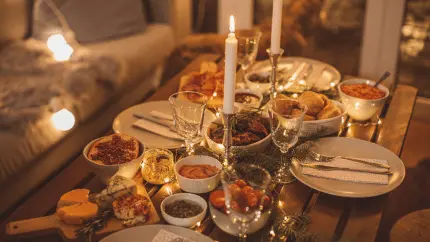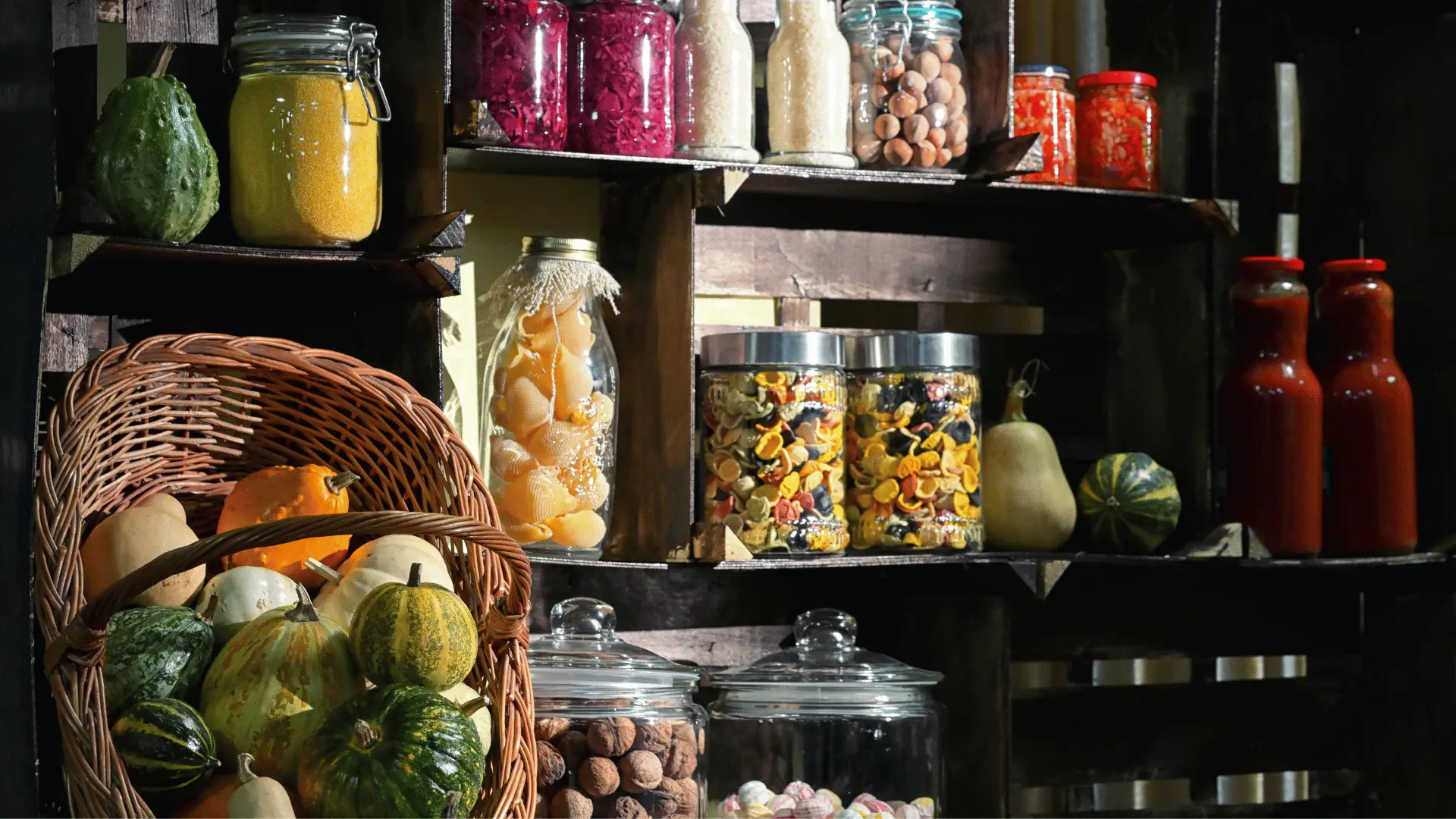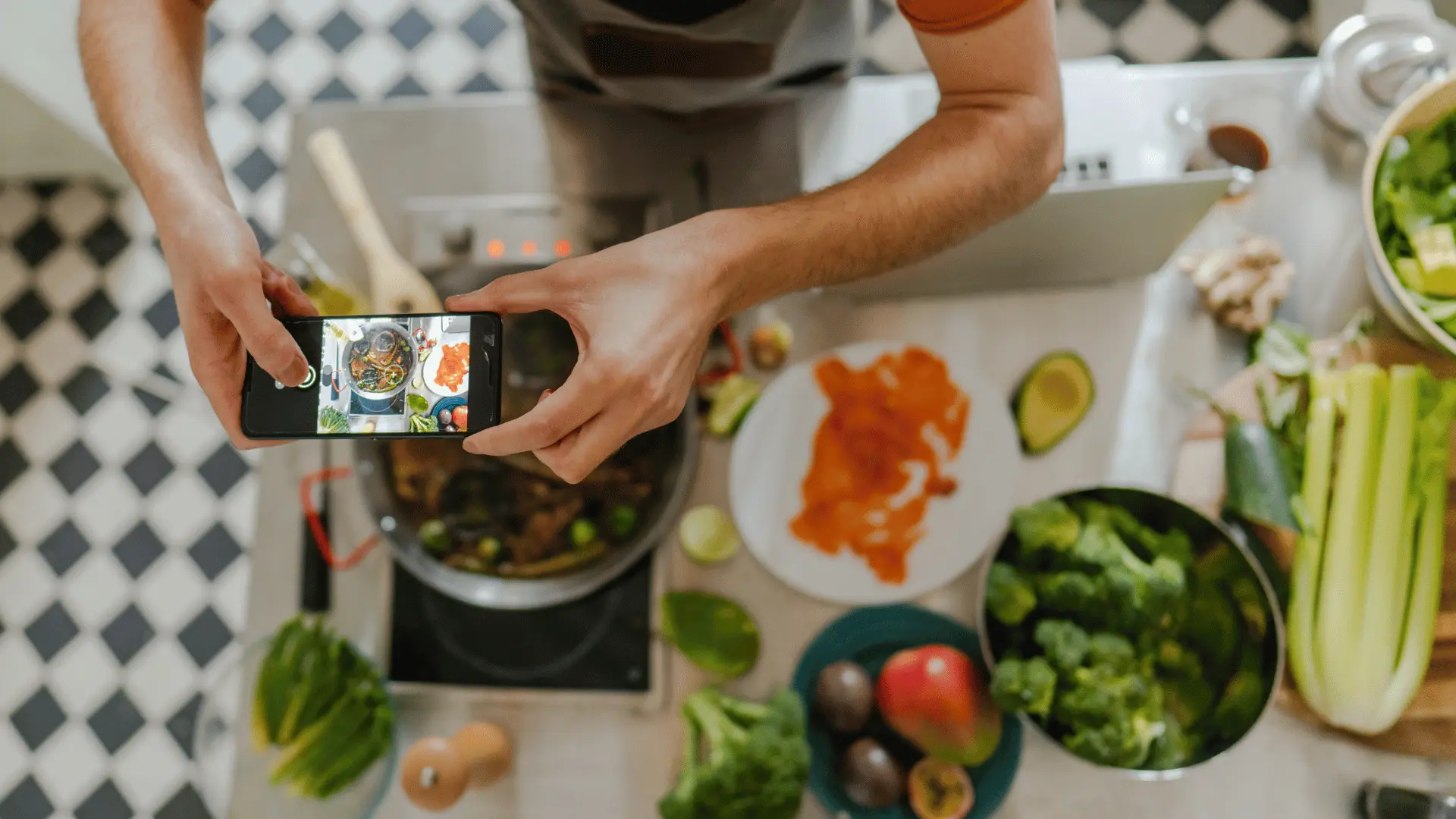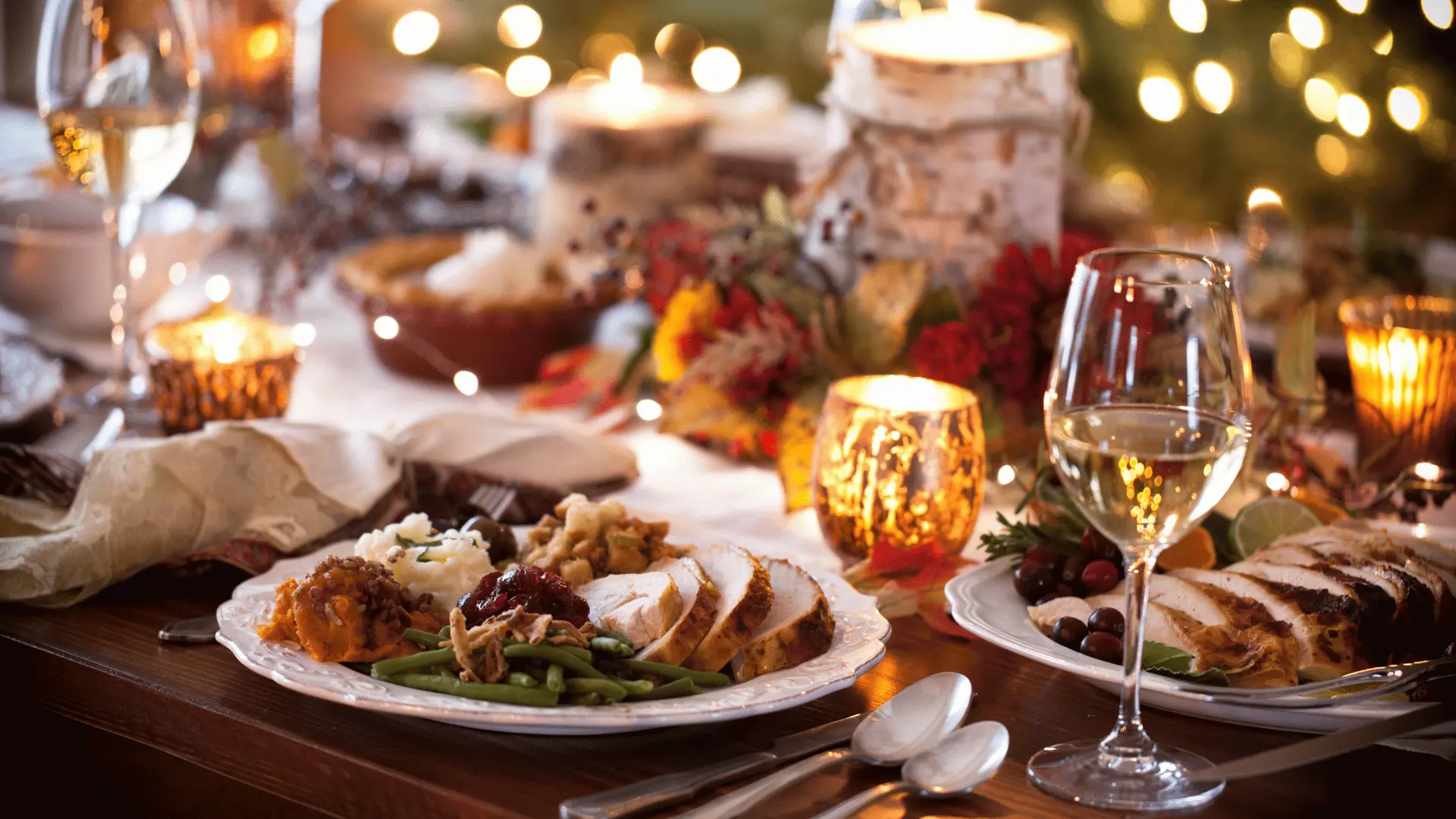
One Cart, Three Dinners: Ingredient Overlap Menus for Busy Weeks
We’ve all had those weeks when every night feels like a sprint—late meetings, kids’ activities, or just the usual swirl of responsibilities. By the time dinner rolls around, it’s tempting to grab takeout because the thought of pulling together a meal feels exhausting. But here’s the truth: with just a little strategy, one grocery cart can carry you through multiple dinners without the stress. That’s where the idea of ingredient overlap menus comes in.
The concept is simple: shop once, cook smarter, and get three distinct meals out of a shared core set of ingredients. It’s efficient meal planning at its best. You’ll save money, reduce waste, and cut down on time spent figuring out what’s for dinner—all while enjoying flavorful variety.
Why Overlapping Ingredients Work
When meals are planned in silos, we end up with half-used bags of produce, forgotten condiments, and fridge clutter. By planning overlapping meals, you make sure every ingredient has more than one purpose. Buy a pack of chicken breasts, and instead of eating the same dish three times, you stretch it across tacos, salads, and a comforting skillet dinner. That single choice saves money, reduces food waste, and takes the guesswork out of the week.
This isn’t about eating leftovers three nights in a row. It’s about intentionally linking meals together so they share components without feeling repetitive.
The Benefits of Overlap Planning
- Efficiency: One shopping trip covers multiple meals.
- Less waste: Ingredients are fully used instead of lingering until they spoil.
- Budget-friendly: Buying in larger packs often lowers per-unit costs.
- Flexibility: Meals can be shuffled depending on schedules.
- Variety: The same base ingredients become completely different dishes.
Bundle Example #1: Chicken Three Ways
Start with one family-size pack of chicken breasts and build three dinners around it:
- Night 1 – Chicken Fajitas: Toss sliced chicken with bell peppers, onions, and fajita seasoning. Serve with tortillas and salsa.
- Night 2 – Grilled Chicken Caesar Salad: Use extra cooked chicken on top of romaine, Parmesan, and croutons with a creamy Caesar dressing.
- Night 3 – Creamy Chicken Pasta Skillet: Combine sautéed chicken with garlic, spinach, and a light cream sauce tossed with pasta.
Overlap items: chicken, garlic, greens, Parmesan, onions.
Bundle Example #2: Ground Beef Made Smarter
A two-pound pack of ground beef becomes three unique meals:
- Night 1 – Classic Tacos: Season with chili powder and cumin, serve with tortillas, lettuce, tomato, and cheese.
- Night 2 – Beef and Veggie Stir-Fry: Mix with broccoli, bell peppers, and soy sauce over rice.
- Night 3 – Shepherd’s Pie: Layer beef with vegetables and mashed potatoes, baked until golden.
Overlap items: ground beef, onions, bell peppers, potatoes.
Bundle Example #3: Plant-Based Power
For a vegetarian-friendly option, use a base of beans, grains, and vegetables:
- Night 1 – Lentil Tacos: Season cooked lentils with taco spices, top with shredded cheese, salsa, and lettuce.
- Night 2 – Mediterranean Grain Bowls: Quinoa with roasted chickpeas, cucumbers, tomatoes, olives, and feta.
- Night 3 – Veggie Soup: Use leftover lentils, chickpeas, and vegetables in a hearty soup with broth and herbs.
Overlap items: lentils, chickpeas, tomatoes, greens.
How Recipe Memory Makes This Even Easier
Planning overlap menus doesn’t have to mean extra spreadsheets or handwritten notes. The Grocery List Generator in Recipe Memory does the heavy lifting by:
- Pulling shared ingredients together: Add all three dinners to your weekly plan and see a consolidated list without duplicates.
- Allowing easy edits: Already have rice at home? Cross it off before you shop.
- Reducing food waste: Ensures every ingredient has a planned use across meals.
Instead of juggling scraps of paper or scrolling through recipes one by one, you have a purposeful plan and a single, efficient list.
Tips for Building Your Own Overlap Bundles
- Pick a protein or main ingredient: Think chicken, ground beef, lentils, or tofu.
- Choose three flavor profiles: For example, Mexican, Italian, and Asian. This prevents repetition.
- Use versatile produce: Onions, bell peppers, spinach, and tomatoes adapt easily across cuisines.
- Think about storage: Cook once and refrigerate portions for use in multiple dishes.
- Plan smart carbs: Rice, pasta, or potatoes stretch meals without much effort.
Real-Life Scenario: The 15-Minute Weeknight Dinner
Picture this: It’s Tuesday evening, and you’re home late. Because you planned an overlap menu, half your work is already done. Chicken is cooked from Monday night, greens are washed, and Parmesan is grated. In 15 minutes, a Chicken Caesar Salad is on the table. No panic, no wasted groceries, and no takeout bill.
Why Overlap Menus Matter
Busy weeks will always happen, but how we plan for them makes all the difference. By overlapping ingredients across three meals, you stretch your budget, save time, and cut waste—all while eating better food. It’s efficiency without sacrificing flavor, and it makes mealtime something to look forward to instead of something to stress about.
Key Takeaway
One grocery cart really can cover three flavorful, distinct dinners. With overlap planning and Recipe Memory’s Grocery List Generator, your meals become streamlined, sustainable, and stress-free. It’s not about cooking more—it’s about cooking smarter, and making every ingredient in your cart work harder for you.
Love what you’re reading?
Join Recipe Memory today to save your favorite recipes, plan meals with ease, and create smart grocery lists ...all in one place.







